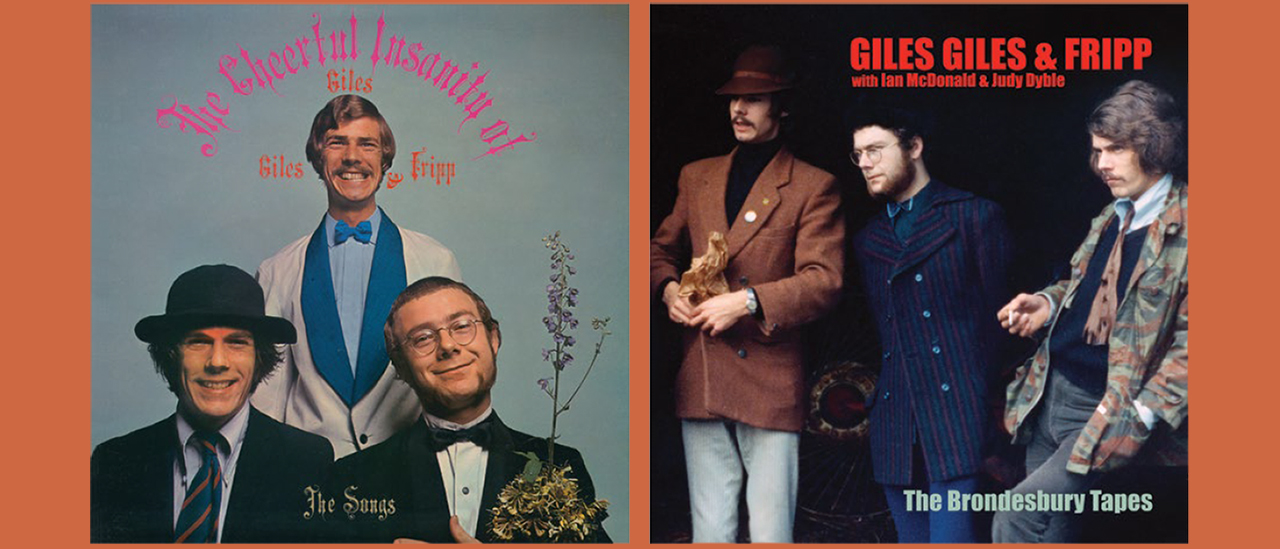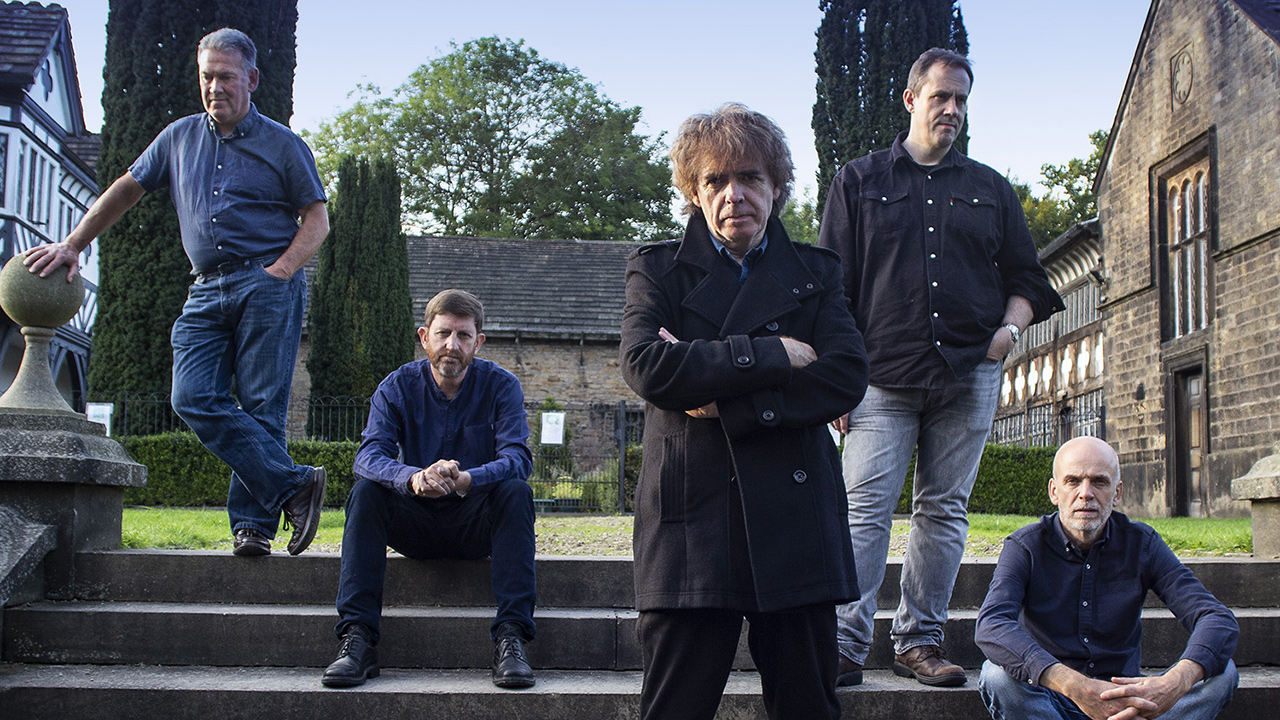“Removing the skits that appeared throughout the original allows the beauty of the strange, baroque pop to shine through”: Giles Giles & Fripp album returns with Brondesbury Tapes demo collection
Recordings rom 1967 and 1968 provide a satisfying overview of pre-Crimson Robert Fripp

“Giles Giles & Fripp are three young men with enough musical talent for a whole gang,” screamed the advert for their sole album, The Cheerful Insanity Of Giles, Giles & Fripp.
Emerging from Bournemouth, brothers Peter and Michael Giles and ‘singing organist’ Robert Fripp brought their idiosyncratic take on popular music. Relocated to Brondesbury in north London, the trio landed a contract with Decca’s progressive imprint, Deram, with the demos they had been making in their flat.
The Cheerful Insanity was recorded in early 1968 at Decca’s Studio 2 at Broadhurst Gardens, West Hampstead – the very room Lonnie Donegan had kickstarted UK skiffle and where The Beatles failed their audition. The new music demonstrated just how far pop had travelled in a handful of years.
Aside from having pop supremo Wayne Bickerton produce it, Nicky Hopkins guested on piano, Ivor Raymonde orchestrated and Gered Mankowitz photographed the sleeve. It’s all rather charming.
I Talk To The Wind – recorded with and without Dyble – can be seen as the birth of Crimson
Musically, it’s somewhere between The Bonzo Dog Doo-Dah Band and the sunshine pop that Bickerton was soon to master. This new version removes the skits that appeared throughout the original, highly collectable issue, allowing the beauty of the strange, baroque pop to shine through.
There’s some bossa nova on Fripp’s Little Children, while Thursday Morning is a lovely bit of ornamental pop and The Sun Is Shining is a sort of vaudeville I Walk The Line. Suite No.1 showed how talented Fripp already was on guitar; and despite its Viv Stanshall-esque verses, Elephant Song is a waymarker with its gigantic riff. If it had ended here, The Cheerful Insanity Of Giles Giles & Fripp would be seen as another glorious curio that was released under the umbrella of Deram.
Some of what became The Brondesbury Tapes had been recorded on Revox at home by the time The Cheerful Insanity was released in September 1968. Ian McDonald had joined on saxophone and flute, and he brought then-girlfriend Judy Dyble in to sing. I Talk To The Wind – a song with lyrics by his friend Peter Sinfield, recorded with and without Dyble – can be seen as the birth of Crimson.
Sign up below to get the latest from Prog, plus exclusive special offers, direct to your inbox!
On the whole, A delection From The Brondesbury Tapes is a far more rewarding, unfettered listen than their debut, making it easy to understand what happened next.
These two collections represent quite discrete chapters. Together or separately, they’re an essential addition to any respecting King Crimson collection.
Daryl Easlea has contributed to Prog since its first edition, and has written cover features on Pink Floyd, Genesis, Kate Bush, Peter Gabriel and Gentle Giant. After 20 years in music retail, when Daryl worked full-time at Record Collector, his broad tastes and knowledge led to him being deemed a ‘generalist.’ DJ, compere, and consultant to record companies, his books explore prog, populist African-American music and pop eccentrics. Currently writing Whatever Happened To Slade?, Daryl broadcasts Easlea Like A Sunday Morning on Ship Full Of Bombs, can be seen on Channel 5 talking about pop and hosts the M Means Music podcast.
You must confirm your public display name before commenting
Please logout and then login again, you will then be prompted to enter your display name.



